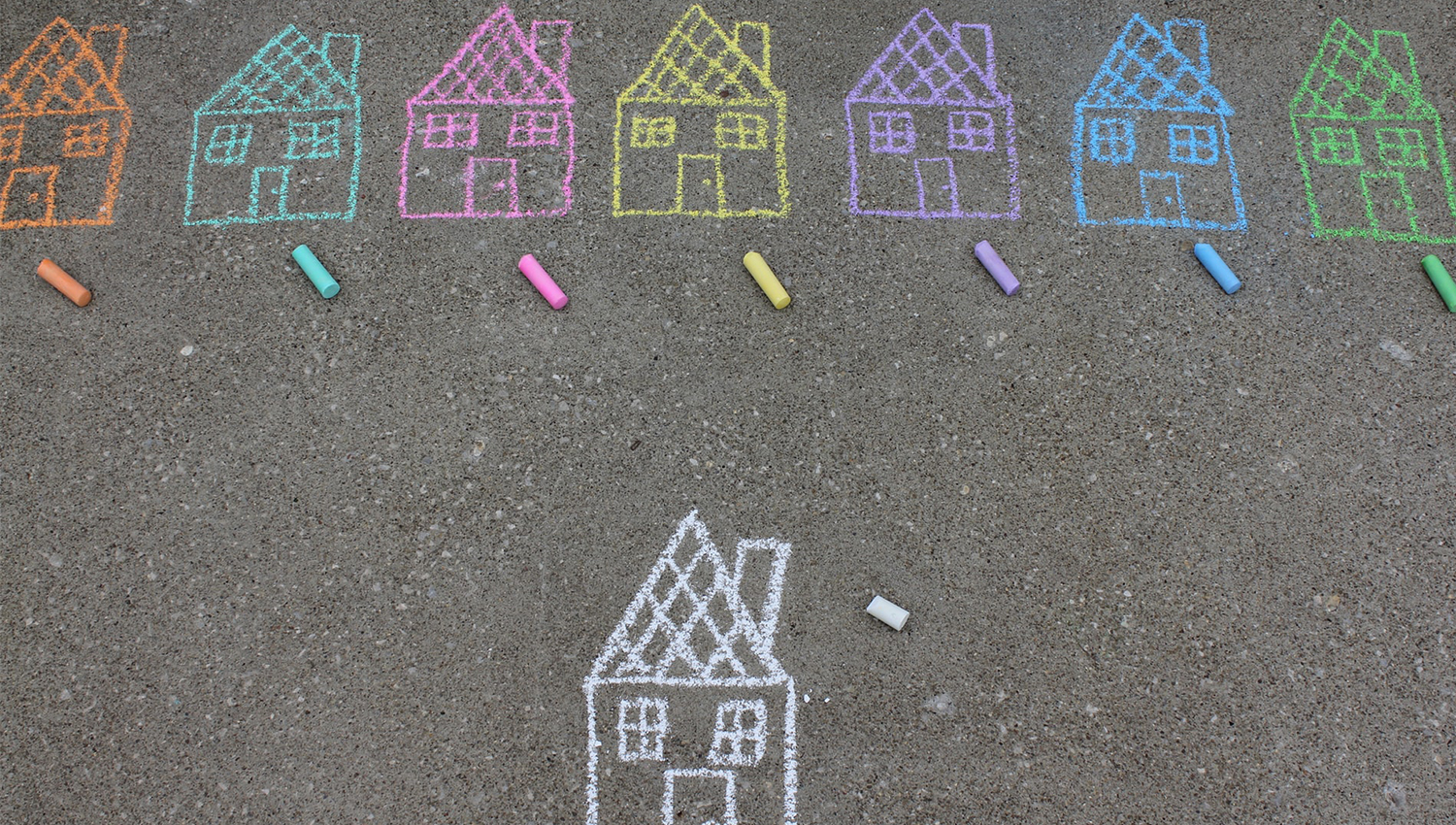Parents of every generation have routinely scratched their heads asking, “what was going inside that brain of yours” when their child said or did something that defied commonsense or logic.
Thanks to recent advances in medicine and neuroscience many of these questions may now have answers.
Significantly more is known about brain development and cognitive functioning, particularly in young children and adolescents.
New Zealand neuroscience educator Nathan Wallis was in Brisbane recently to share with independent school early educators, teachers and leaders, the latest brain research and how educators can use this knowledge to maximise student engagement and learning.
Mr Wallis told the Queensland Independent Schools Parents Network these new insights could also have a powerful influence over the way parents engage with their children at different stages during their lives.
Mr Wallis says research has shown that children have three brains – the survival and movement brain, the emotional brain and the learning brain.
He says the brain works from the bottom up, which means the needs of the survival brain and the emotional brain must be met first before children will productively engage in learning.
Mr Wallis says children need to feel safe, supported and confident to achieve their best at school. Parents play the primary role in meeting the needs of the first two brains at every stage of their child’s life.
He has the following advice for parents.
Advice for Ages and Stages
In a child’s first year of life
“Treat the child like they are the centre of the universe and you are their slave. if you can achieve that in the first year of life the bigger the outcomes will be.”
Up until the age of 7
“Your focus should be on developing and supporting your child’s emotional attitude towards learning. They’ve got to learn to be confident and to love learning. If they feel incompetent, if they’re asked to do things outside their capability and if they’re scared into learning, that actually disengages their higher intelligence, their frontal cortex.”
Adolescence
“The frontal cortex, the thinking part of the brain, is shut for renovations during adolescence. The teenager reverts back into their social emotional brain which means they’re far more focused on how things feel, than logically how they are. Brain scans have shown a child of 16 has a similar scan to that of a three year-old which is why the’y’re both hard to reason with.”
Throughout a Child’s Entire Life
Encourage Creativity
“Creativity is the basis of intelligence because intelligence is ultimately the ability to solve problems. A creative person can keep generating infinite solutions to solve a problem.”
Value Play
“Play is the system that is the height of human evolution. It’s taken hundreds of thousands of years to develop. It’s a way for us to access our higher intelligence. I think we’re making kids a lot dumber by not valuing play.”
Talk, Don’t Test
“Engage with your kids. Avoid testing questions with your children and questions that have a right and wrong answer. You’ll produce a more intelligent child if at dinner time the question is not ‘what did you get on your spelling test?’ or ‘what reading group are you in?’, but if it’s, ‘what do you think the tooth fairy looks like?’. You will have rich, deep family conversations.”
Use the Power of the Word ‘Yet’
“Don’t just tell your children to have a growth mindset, model it. The easiest way to do this is by using the power of the word ‘yet’. For example when your child says ‘I’m not good at reading/maths’, you say ‘yet’.”




